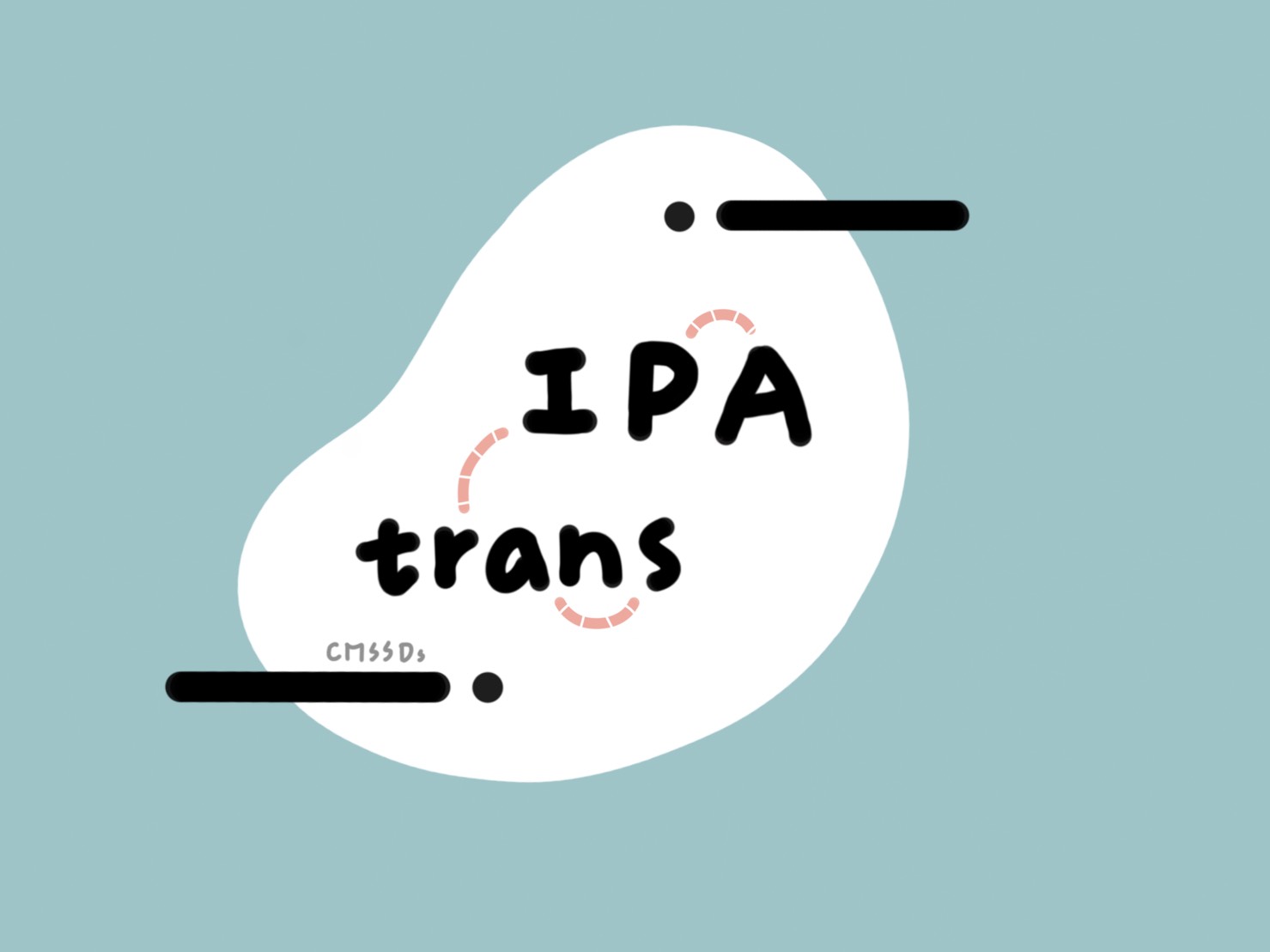ipatrans is a digital learning and teaching system designed to help users develop skills in identifying disordered speech sounds and transcribing them using the International Phonetic Alphabet (IPA).
Background
Speech-language pathology, also known as speech therapy, is a clinical science focused on assessing and treating individuals with communication disorders caused by structural or functional issues. These disorders include speech sound disorders, post-stroke dysarthria and/or aphasia, cleft palate, hearing loss, voice disorders, swallowing difficulties, and delayed or atypical language development.
The accuracy and completeness of speech sound disorder assessments directly impact the direction and effectiveness of subsequent treatments. Among these assessments, speech transcription is a critical and time-intensive process involving both qualitative and quantitative analyses. Accurate transcription requires repeated listening to speech samples, which can significantly improve treatment outcomes by shortening therapy duration and enhancing effectiveness (Oller & Ramsdell, 2006). In addition to being essential for accurate assessments, transcription skills are crucial in therapy sessions, where clinicians must identify whether a patient’s speech attempts are correct or how they deviate from target sounds. This enables clinicians to provide appropriate guidance and feedback, helping patients make closer approximations to target sounds. However, developing and maintaining clinical transcription skills has long been a challenge in speech-language pathology education and practice (Robinson, Mahurin & Justus, 2011; Knight, Bandali, Woodhead & Vansadia, 2018). This is primarily because mastering transcription of disordered speech requires extensive hands-on practice and a solid foundation in phonetics and phonology. Even after mastering these skills, clinicians must continue practicing to maintain proficiency in speech sound identification.
To ensure consistency and alignment with international standards, formal speech transcription should use the International Phonetic Alphabet (IPA). This differs from the phonetic systems commonly taught in Taiwan, such as Zhuyin. Students and clinicians in Taiwan must first familiarize themselves with the IPA (including the extended IPA for disordered speech sounds, extIPA) to apply it effectively in clinical settings.
Given these challenges, we developed a cloud-based learning platform focused on disordered speech transcription. This platform is designed to complement classroom teaching while accommodating individual differences in auditory perception and learning starting points. It allows users to practice repeatedly, helping them develop skills in identifying disordered speech sounds and transcribing them using the IPA.
System Architecture
The teaching system consists of the following four subsystems:
1. Frontend software (available as a desktop application and web version)
2. Backend management platform (administrative website)
3. Question creation and answer analysis software (MS Win64 version)
4. Learning bulletin board
For more details, please watch the video.
Practice Website
Academic Foundation
All phonetic concepts in ipatrans are provided by Professor Lily Yeh and her research and teaching team from the Department of Audiology and Speech-Language Pathology at Mackay Medical College.
System Development and Support
ipatrans is supported by the CMSSDS technical team for related websites and software development.
Contact
Feel free to reach out to discuss how to use this platform or potential collaborations.
Email: support@cmssds.org
Clinical Management of Speech and Language Disorders
